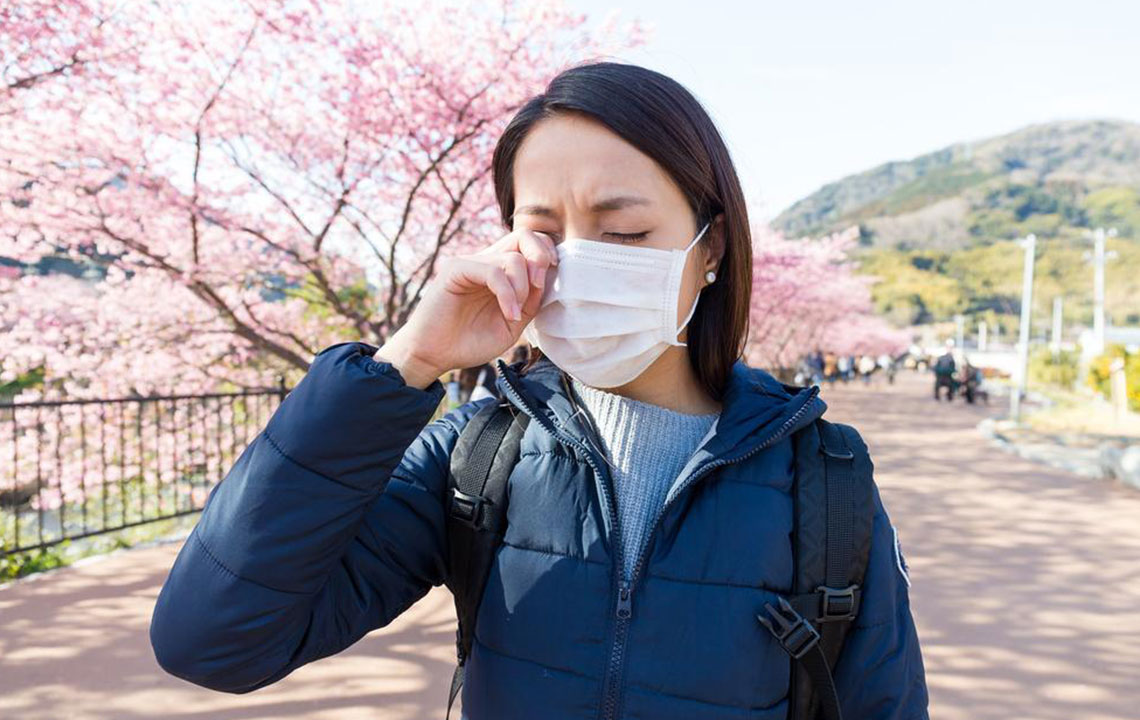Top Strategies to Manage Dog Allergy Symptoms
Discover effective strategies to manage and alleviate dog allergy symptoms. Learn about causes, common signs, medications, and natural remedies to enjoy your furry friend's company without allergies. This comprehensive guide helps allergy sufferers understand and control their reactions, ensuring a safer, more comfortable experience with pets. Suitable for pet owners seeking allergy solutions and allergy management tips.

Top Strategies to Manage Dog Allergy Symptoms
Effective ways to handle dog allergies
Returning home to your beloved pet after a busy day can be incredibly soothing. The saying "A dog is a man's best friend" truly rings true. Besides being adorable companions, dogs also serve as therapy animals, providing comfort and support.
However, in some cases, a furry furry friend can trigger allergic reactions. This isn't intentional on the dog's part. Have you noticed frequent sneezing during playtime with your dog? Often, we blame dust, but the real culprit might be pet dander.
Many individuals are surprised to learn they may be allergic not because of the hair itself, but due to dander—tiny particles of dead skin, saliva, and urine that dogs shed. If you're wondering how to reduce allergy symptoms or prevent reactions, read on.
What causes dog allergies?
Contrary to popular belief, long-haired breeds are not necessarily more allergenic; allergy triggers are related to pet dander, which all dogs produce regardless of coat length.
Dogs secrete certain proteins found in saliva, skin flakes, and urine, which become airborne as dander, leading to allergic reactions.
Allergies occur when the immune system mistakenly identifies these proteins as threats.
The immune system reacts, causing inflammation and allergy symptoms.
Different dog breeds produce varying amounts of dander, so allergies may be breed-specific rather than universal among all dogs.
Common signs of dog allergies
Redness and irritation around the skin where the dog licks or touches you.
Itchy, swollen eyes and nasal membranes upon contact with a dog.
Skin rashes appearing on the face, neck, or chest.
Coughing, sneezing, and potential asthma attacks in severe cases.
Chronic pet dander exposure may also lead to eczema in some individuals.
Medications for dog allergy relief
Nasal corticosteroids, like Flonase, help reduce inflammation and control symptoms.
Over-the-counter antihistamines can alleviate sneezing, itching, and nasal congestion but should be used after consulting a doctor.
Cromolyn Sodium nasal sprays are effective in relieving congestion, especially when used before sleep.
Decongestants assist in easing breathing by shrinking swollen nasal tissues, making them a preferred treatment option.
Natural remedies for dog allergy symptoms
Apple cider vinegar can help clear mucus buildup and improve lymphatic function, reducing allergy symptoms.
Quercetin, a natural bioflavonoid, stabilizes mast cells and inhibits histamine release, reducing allergic reactions.
Essential oils such as eucalyptus can help open nasal passages and ease breathing, providing relief from allergy symptoms.
Note:
Our blog offers diverse information on health and wellness topics. While the data is researched and presented for educational purposes, it shouldn't replace professional medical advice. We are not responsible for any inaccuracies or differences in information across platforms. Also, some schemes or offers may not be covered in our content but could be more beneficial for your specific needs.










